The spot where I was shooting is a little harbor and what immediately caught my attention was how far up the valley the tsunami damage extended. Eventually a local resident on his morning walk passed by and I asked him about it. It turns out that this tiny little bay that is only accessible by one narrow winding road was the exact spot where the highest tsunami waves were measured anywhere in Japan on March 11th. It wasn’t officially announced in the news for a few weeks, most likely because no one other than local residents knew about it. That’s how small this bay is. It’s called Koborinai and it was probably home to 5 or 10 fishing boats. The only buildings were storage sheds. But now they’re all gone and just the bare concrete piers remain, along with the skeleton of a large crane on the pier. As one leaves the bay and heads inland up the steep road the tsunami damage is visible everywhere. And it isn’t until you’ve gone 300-400 meters up the road, past the second switchback turn that you finally get to the highest point affected by the tsunami. The asphalt is ripped up, a former parking lot is covered in rocks and debris, and some of the large evergreens are dead from the salt water. That point lies 37.9 (125 feet) meters above sea level!
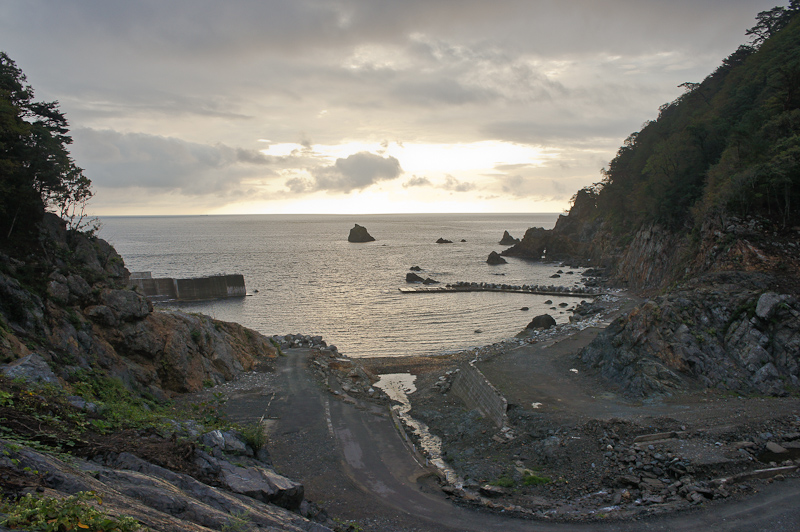
Looking down from the high point. This entire valley was submerged under 38 meters of water at one point!
Fortunately there were no homes near this harbor, but apparently several boat owners came down to check on their boats or try and get them out to sea right after the earthquake. The tragic result was that seven of them lost their lives in this spot. I saw fresh cut flowers in a couple of spots, along with simple offerings of drinks; a typical Japanese way to mourn those who have died in accidents, and mark the spot where it happened.
Later in the morning, as we were preparing for our mobile cafe work a local resident stopped by for a visit and did a presentation of a kamishibai (a traditional Japanese form of story telling with large painted pictures. It was the story I mentioned in yesterday’s post, about the great tsunami that destroyed most of Taro in 1933. This woman is the wife of the only doctor in Taro, and she has been presenting this story to volunteer teams for some time now as a way of helping them understand the local history.
We then loaded up the vans and headed into downtown Miyako. There is a cluster of about 50 units of temporary housing in what used to be a park. We set up our mobile cafe, offering coffee, tea, juice, and various sweets. We then sent our volunteers door to door, to invite the residents to our cafe. After that it was just a matter of extending a warm welcome to those who came, serving them drinks and snacks, and most importantly, taking time to talk with them, and in most cases, to simply hear their stories. We were there for about 3 hours and probably served around 50 people. We also had some reading material on display and some folks gladly took it home with them. By the end we were even having a sing along with a couple of the elderly ladies. I couldn’t help but think that this type of connecting with people in the local community is probably much closer to what the church really wants to be doing than any of our fancy programming. To simply be able to sit and talk with people, hear their stories, and try to offer encouragement and hope; it just feels right. If my daughter were doing this and I asked her what she was doing she would undoubtedly respond, “Just chillin’…” So what will it take for us in the church to legitimize the type of outreach/evangelism that can only be described as, “just chillin’…”?
Our day concluded with dinner at the home of a local resident in Taro. He lives alone in a large house that was heavily damaged (5 feet of water on the first floor) but spared. In spite of all he’s been through, he is an incredibly positive and encouraging person. He has made a point of offering to help our volunteer teams in any way possible so we often take teams over for a visit.
Tomorrow we will be doing the same mobile cafe ministry but in a different location, this time right in Taro. In the afternoon I’ll be driving back to Tokyo. A couple of our team members will be leaving by train in the morning and the rest will leave on Friday, taking the night bus back to Tokyo.
Thanks for keeping us in your thoughts.
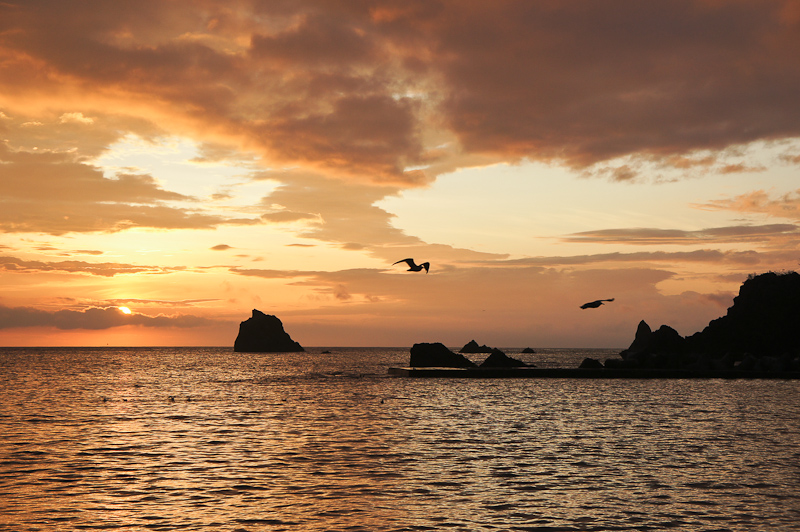
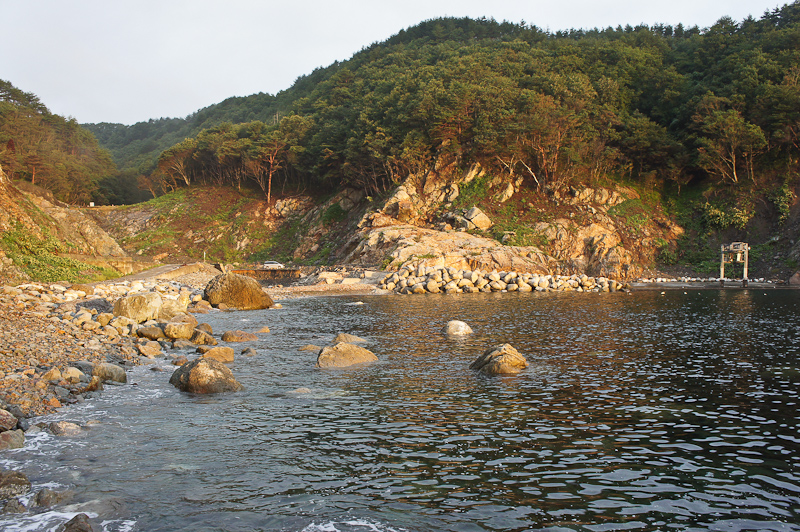
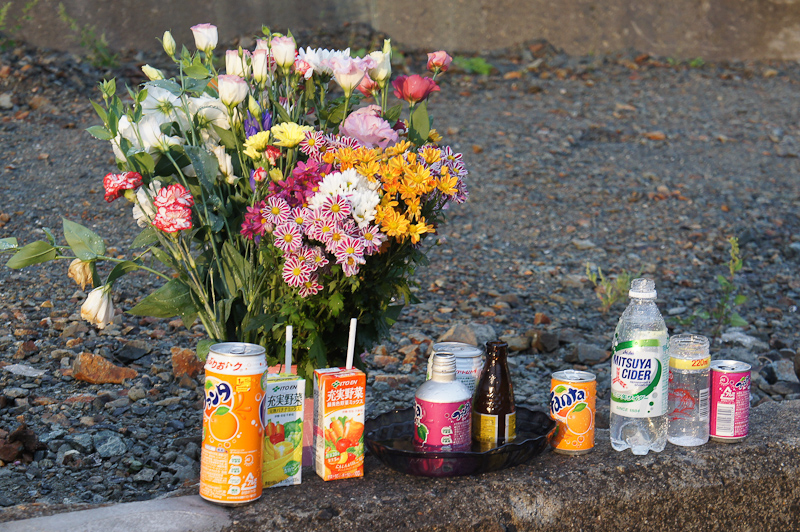
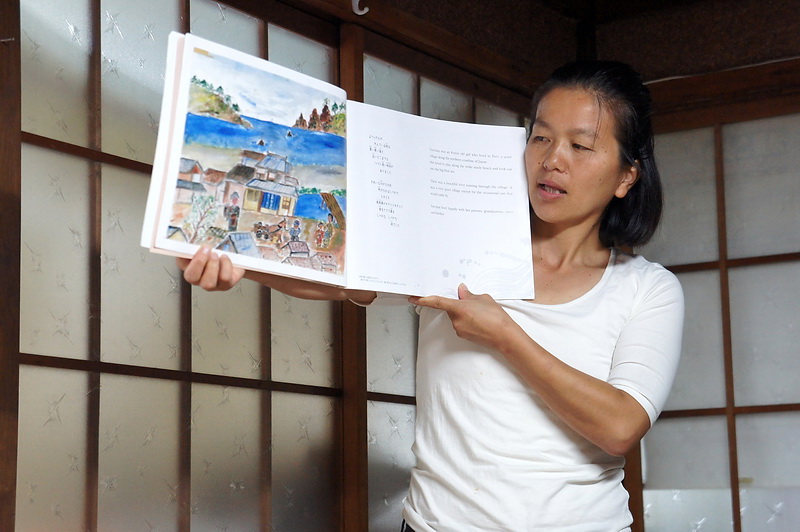
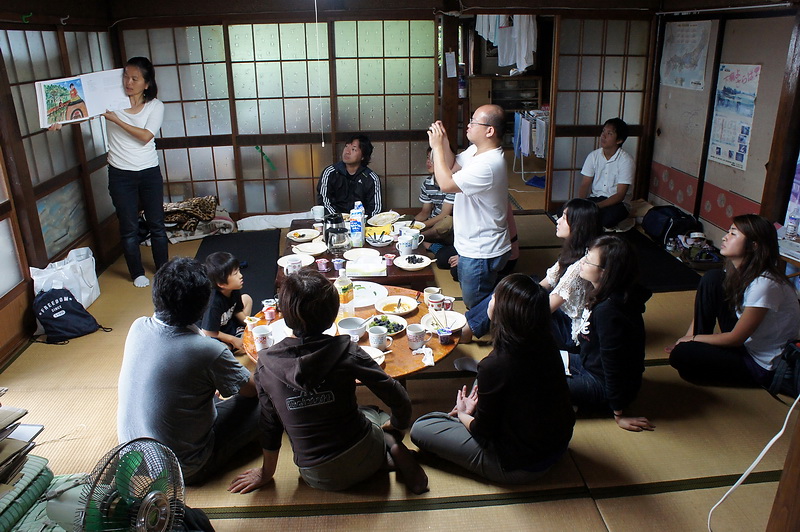

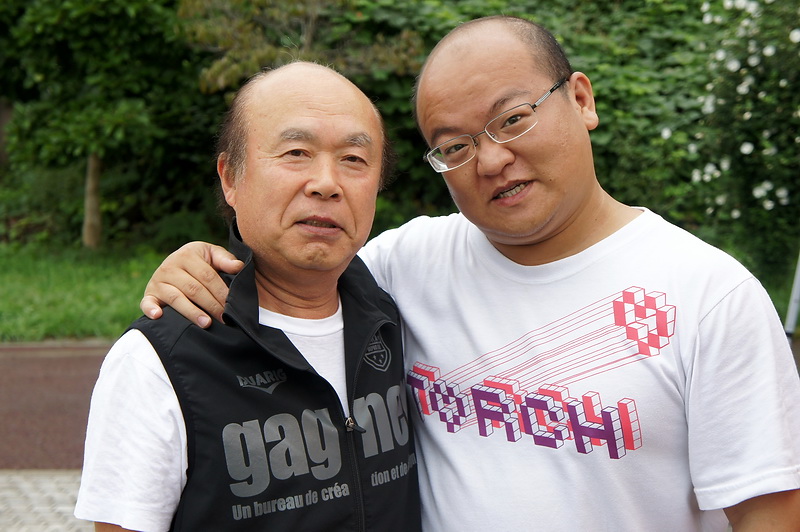

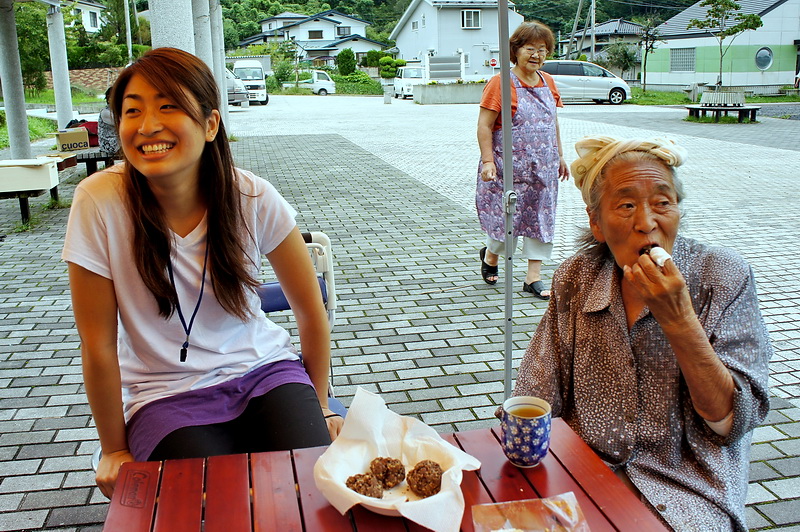
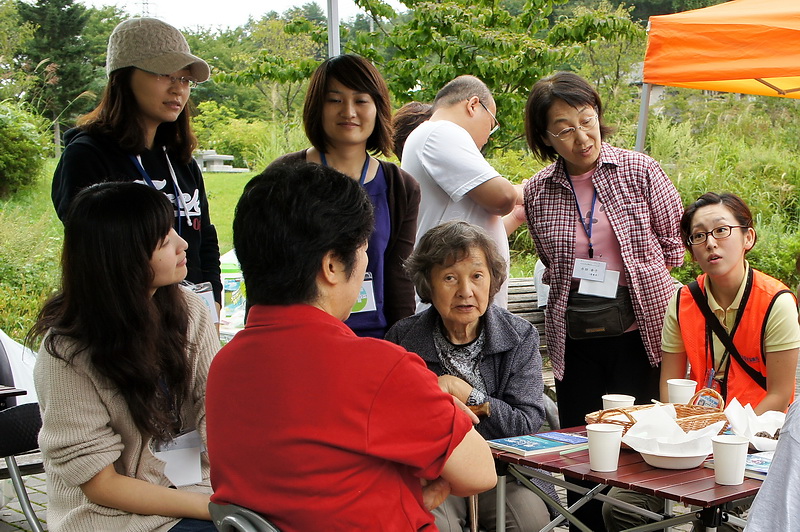
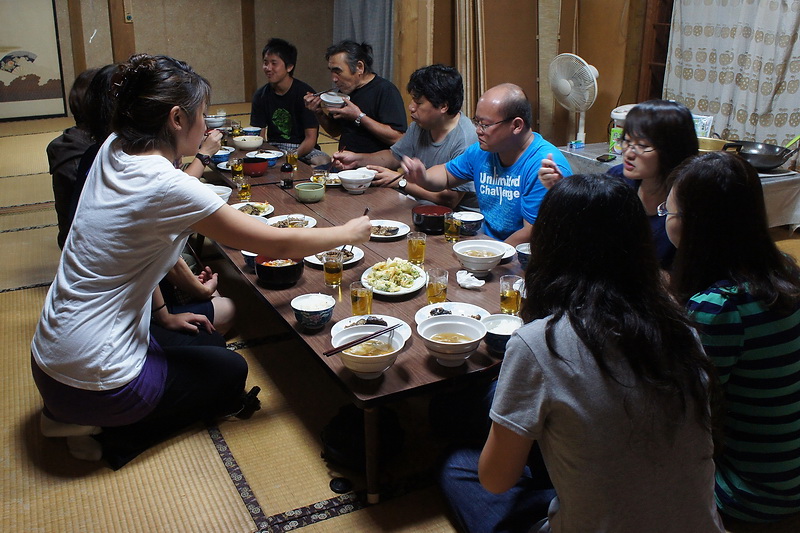




Nice to have your news, keep pray for Japan’s recovery! And all your work are so blessed.
Report This Comment
09.14.11 at 11:22 am
Thanks for the photos and news. For those like me who can’t go or do much, it really helps me feel like I’m there. Without this hopeful, faith filled volunteer work reflected in your blog I’d probably just want to move on emotionally because it is all so painful.
Report This Comment
09.19.11 at 6:24 pm